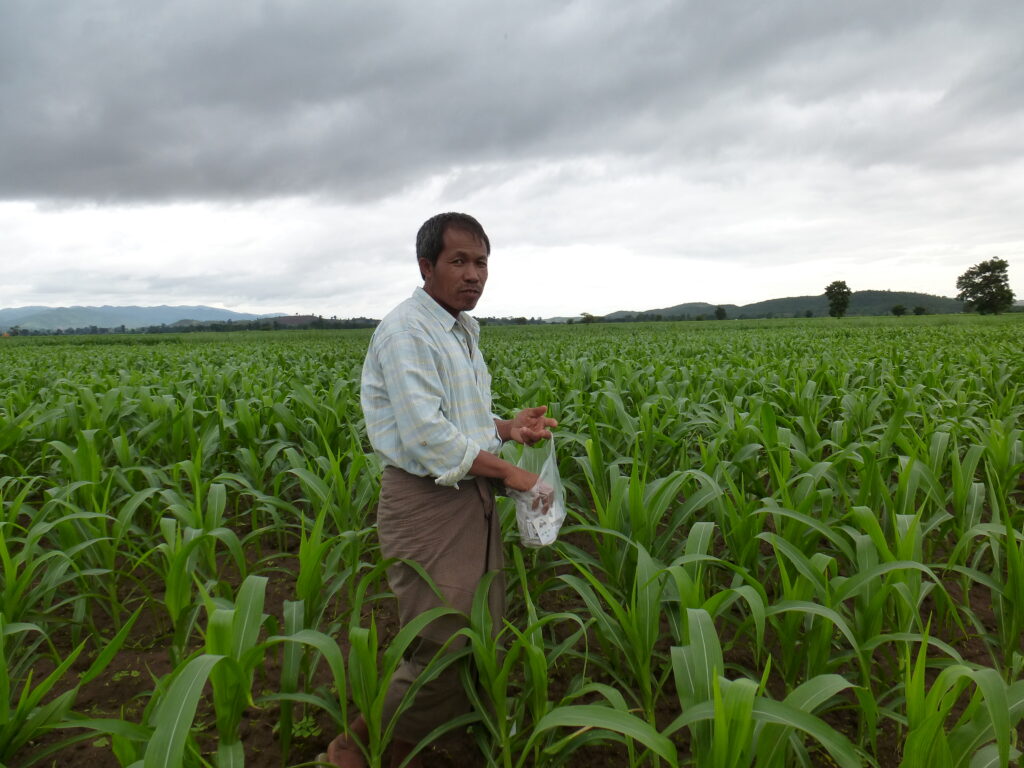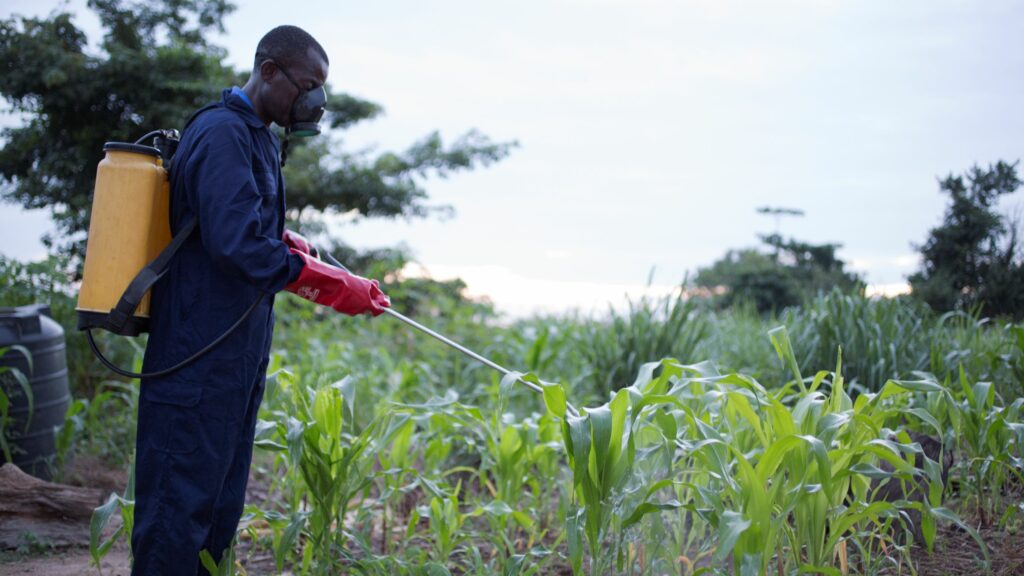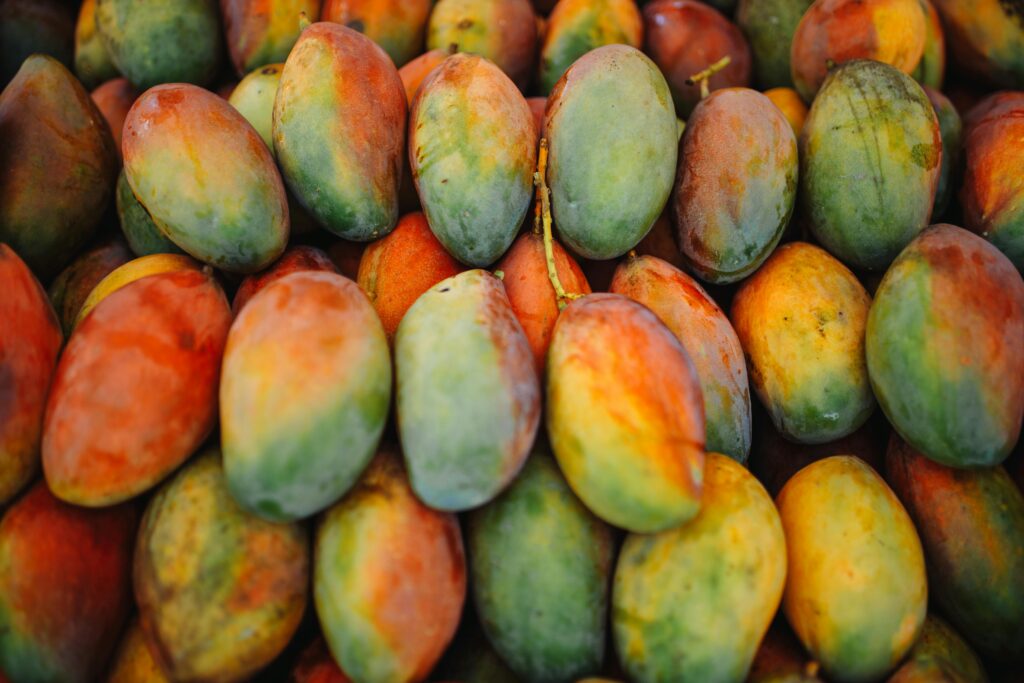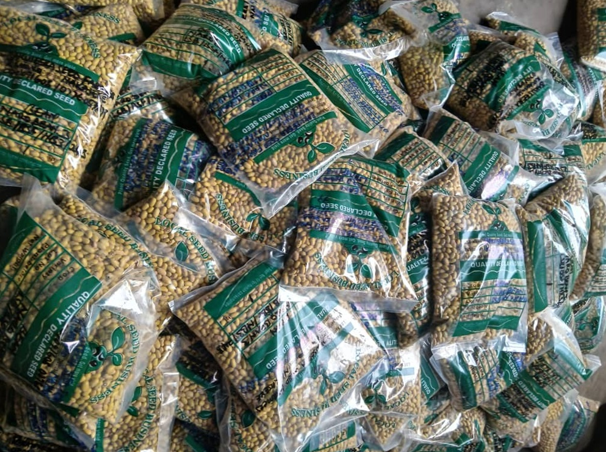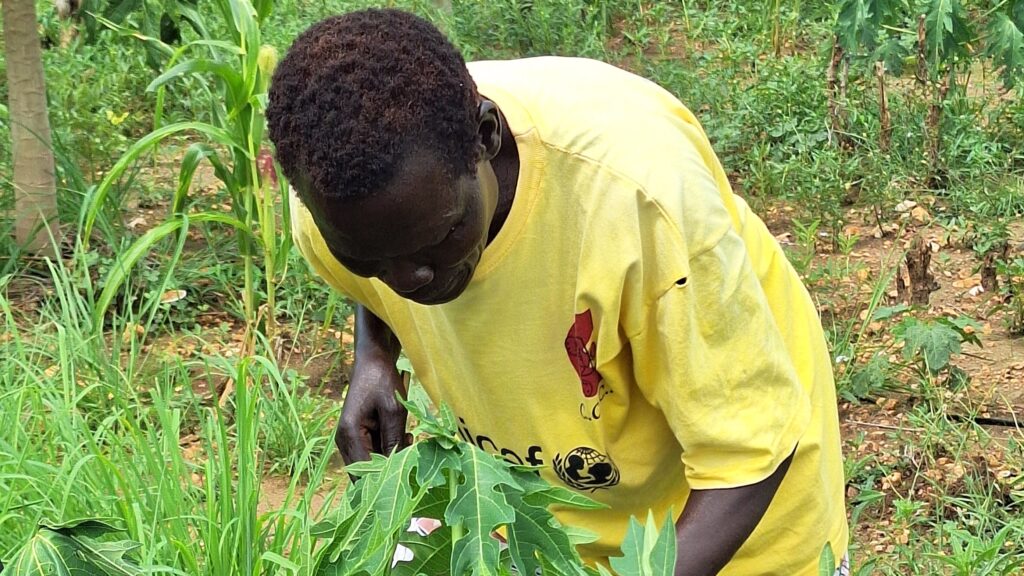Post-registration pesticide reviews: Experiences, learnings and best practices
CABI’s PlantwisePlus programme recently hosted a regional webinar on strengthening post-registration pesticide reviews. Experts from Kenya, Uganda, and Sweden shared lessons on risk-based frameworks, regulatory digitization, and regional collaboration. The event highlighted global best practices and the need for data-driven, adaptable systems to ensure pesticide safety and compliance.
Pesticide risk reduction can contribute to food safety – here’s how
To mark World Food Safety Day on 7 June, with the theme of the year “Food safety: prepare for the unexpected“ we take a look at the ways in which the PlantwisePlus pesticide risk reduction pathway can contribute to safer food production.
Common papaya disorders: A comprehensive guide
Papaya, also commonly known as the papaw or pawpaw, is a large tropical fruit-producing plant originating from Central America. Market demand for tropical fruits has steadily grown, and consequently, the papaya has become an important agricultural export in many countries around the world. As of 2020, India was the largest producer of papaya, followed by…

